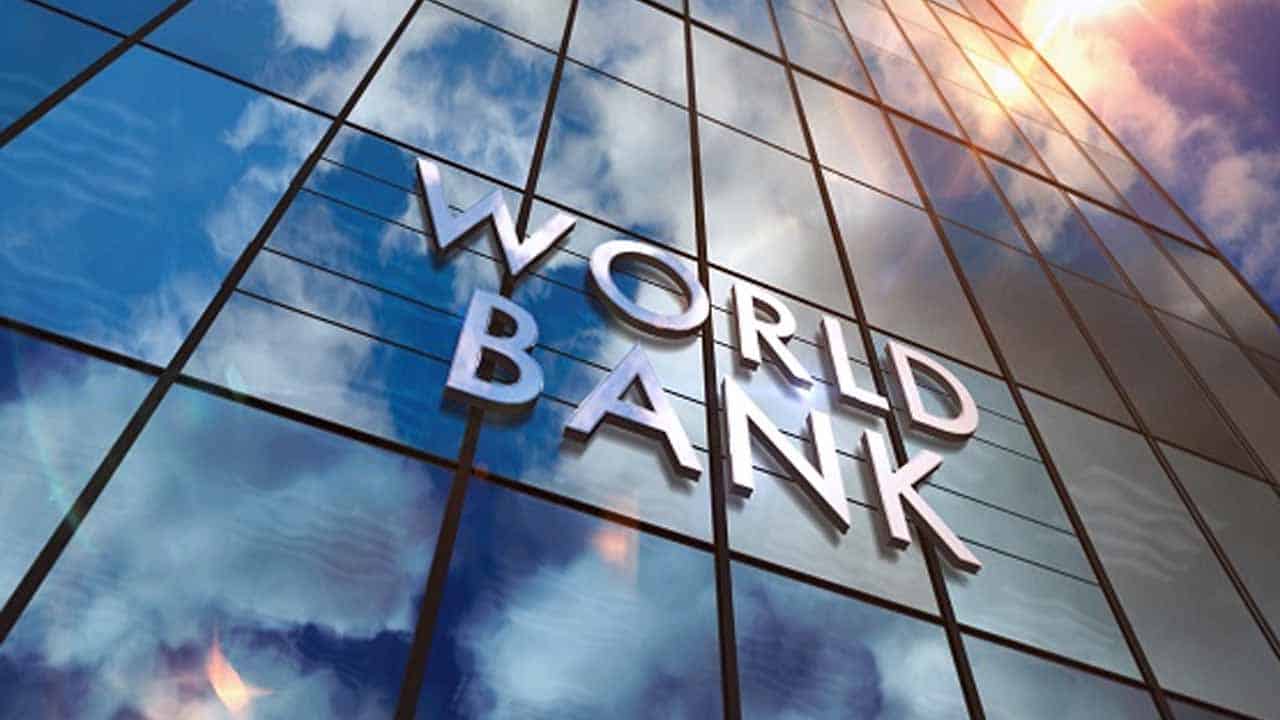The severe floods and slowdown in the global economy, which the World Bank warned of on Tuesday, will force Pakistan’s economic growth to further fall to 2% during the current year, down two percentage points from its prediction from June 2022.
The World Bank’s most recent Global Economic Prospects study, a flagship publication of the World Bank Group, forecasted that global growth will decrease this year, from 3 percent to 1.7 percent, a “sharp, long-lasting decline.”
It claimed that due to increased inflation, higher interest rates, decreased investment, and disruptions brought on by Russia’s invasion of Ukraine, global GDP was dramatically slowing down.
The Washington-based financing organization claimed in the research that Pakistan’s economic output was not only dropping on its own but also lowering the rate of regional growth. It predicted that Pakistan’s GDP growth rate will increase to 3.2 percent in 2024, which would still be lower than the earlier prediction of 4.2 percent.
The bank stated that in addition to flood losses and the ensuing rise in poverty, “policy uncertainty further complicates the economic outlook” for Pakistan. It went on to explain that a precarious economic situation in Pakistan, with low foreign exchange reserves and large fiscal and current account deficits, was made worse in August of last year by severe flooding, which claimed many lives.
About 15 percent of the population was directly impacted, and about one-third of the country’s land area was damaged, resulting in infrastructure damage.
“Recovery and reconstruction needs are expected to be 1.6 times the FY2022-23 national development budget,” it said, adding that the flooding is likely to seriously damage agricultural production — which accounts for 23pc of GDP and 37pc of employment — disrupting the current and upcoming planting seasons and pushing 5.8 million at 9m people into poverty.
Pakistan’s currency declined by 14% between June and December, while the country’s risk premium increased by 15% within the same time frame due to the country’s low foreign exchange reserves and rising sovereign risk.
The World Bank said that the annual rate of consumer price inflation in Pakistan reached 24.5 percent in December, following a period of its highest pace since the 1970s.
The South Asian area is expected to increase by 5.5 percent and 5.8 percent in 2023 and 2024, respectively. This is a minor decrease of 0.3 percent to 0.7 percent from earlier projections.
“This pace reflects still robust growth in India, Maldives, and Nepal, offsetting the effects of the floods in Pakistan and the economic and political crises in Afghanistan and Sri Lanka. The deteriorating global environment, however, will weigh on investment in the region,” the report said.
Growth in the region outside of India is predicted to be lower in 2023 and 2024, at 3.6 percent and 4.6 percent, respectively, than it was before the pandemic. This is mostly caused by Pakistan’s sluggish growth, which is forecast to be 2 percent in FY2022-23, or half the rate that was expected in June last year.
Pakistan is dealing with difficult economic circumstances, including the fallout from the most recent flooding as well as ongoing political and policy uncertainties. Growth is anticipated to rise up to 3.2 percent in FY2023–24, which is still below prior predictions, as the country takes policy steps to stabilize macroeconomic conditions, inflationary pressures abate, and reconstruction after the floods get underway.
The prevalence of food insecurity has increased throughout South Asia as a result of the country’s sharply rising food prices, particularly in Pakistan and Sri Lanka.
Food export restrictions, which are becoming more common, may have unforeseen consequences and drive up food costs globally. Food export restrictions, including those on rice, wheat, and sugar, were enacted in 2022 by Afghanistan, Bangladesh, India, and Pakistan.
According to estimates, the recent floods in Pakistan have cost the country’s economy damage equal to 4.8 percent of GDP. Extreme weather conditions can worsen food insecurity, cut off a region’s access to vital supplies, destroy infrastructure, and directly affect agricultural output.
The World Bank research observed that the worsening of economic conditions has resulted in a marked increase in poverty in some economies (Afghanistan, Pakistan, Sri Lanka). Due to fuel rationing, many households are eating less nutrient-dense food, and rolling electricity blackouts have become commonplace.
The combination of limited foreign exchange buffers and widening external current account deficits encouraged several countries (including Bangladesh and Pakistan) to approach the International Monetary Fund to help bolster foreign exchange reserves and mitigate external financing pressures. In parallel, governments have tightened fiscal policies and, in some cases, imposed import controls and food export bans.






